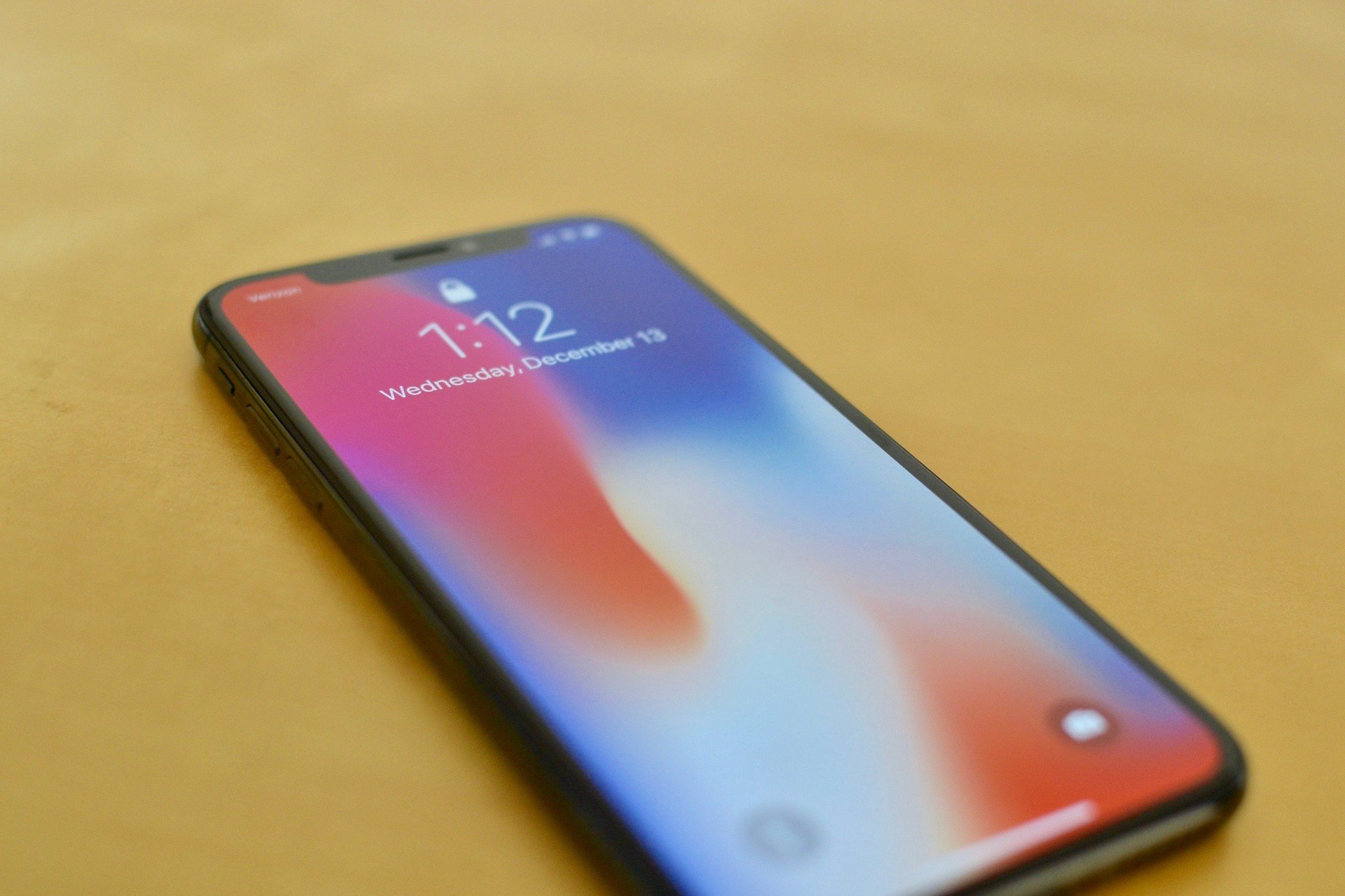
For so many years, iPhone users didn't have to worry about retention issues on our screen. That's because iPhone screens were traditionally made with IPS displays. The iPhone X is Apple's first dive into OLED display technology. You can argue for days which type of screen is better, but the fact is, OLED still produces burn-in on screens if you're not careful.
It's not too big of an issue. If, however, you're worried about potential issues with burn-in, there are a few things you can do to protect your screen.
What is burn-in?
Screen burn-in (also known as image persistence or image retention) happens when a particular image remains on the screen for very long periods of time without moving, causing something like a ghost image to remain on your screen when the image is gone. It used to be very common with plasma screen TVs, but technology has improved over time to reduce the possibility of burn-in.
For example, Apple uses pixel-shifting technology to keep certain icons on your screen moving (like the Wi-Fi, battery, and cellular bar icons) so they are never constantly in the same exact spot.
Unfortunately, some level of burn-in is expected over time with OLED screens. Chances are, you might start to notice a slight color shift after a few years.
There are some things you can do to keep your iPhone X screen healthy longer and avoid serious image persistence issues that could really mess up your screen.
How to reduce potential burn-in issues
Always keep iOS up to date - Apple uses software technology in the iPhone X to help combat potential burn-in effects. Whenever there is a new update, you should install it. Not only will you get new features, but there might also be a specific display screen issue that you'll be able to avoid.
Master your iPhone in minutes
iMore offers spot-on advice and guidance from our team of experts, with decades of Apple device experience to lean on. Learn more with iMore!
How to download and install an iOS update
Auto-Brightness actually does help - I know some people don't like auto-brightness because it can sometimes drastically change the brightness or dimness of your screen, but in the case of the iPhone X, auto-brightness can really benefit the long-term health of your screen.
How to enable auto-brightness on iPhone in iOS 11
Lower the length of time before your iPhone auto-locks - If you're not using your iPhone, your screen shouldn't just be on. If you're like me, you tend to use your iPhone, put it down for a minute, and pick it up again. You can adjust your auto-lock for a wide range of time. I suggest 30-seconds for most people and 1 minute for people that tend to use their iPhone intermittently and prefer it not to lock right away every time.
How to change auto-lock on iPhone
Don't keep a bright image on your screen for a long period of time - If you have a special clock app or fish tank app that you like to keep open on your iPhone all day long, consider not using it anymore on your iPhone X. If you really love it and don't want to give it up, you should, at least, lower your screen brightness while the app is open so that the image doesn't burn into your screen.
How to adjust brightness level on iPhone
What to do if you see burn-in
If you're seeing ghost images on your screen, there's a chance you accidentally caused a premature burn-in (that is, color shifting didn't happen naturally over the life of the screen). If it's new and didn't do much damage, you might be able to make it go away.
If the damage is bad, you'll probably have to replace your screen (or just live with it).
The first step is to turn off iPhone for a while. If your iPhone X has a slight bit of image retention, you might be able to fix the problem by powering off your iPhone for about 15 minutes. If the image was just an aberration, it might simply go away on its own.
Next, turn it back on and use it as you normally would, even if you still see the image ghost. It's possible that the retention will disappear as your iPhone display is used for all of its normal activities. This tends to work for me on my TV screen. Retention just goes away after a while.
If the ghost images don't disappear on their own, you may have to replace the screen (or just live with it). If it's true burn-in and not just a slight bit of retention, there's not a lot you can do about it. If your iPhone X is new, its probably something you'll want to replace.
I should point out now that some Android devices have been dealing with screen retention issues for a long time now and there are even apps that you can download to help fix some of the issues. If they really do work, we'll probably start seeing something similar in the App Store.
Any questions?
Do you have any questions about what burn-in is or how to protect your screen over long-term use? Put them in the comments and I'll help you out.
Lory is a renaissance woman, writing news, reviews, and how-to guides for iMore. She also fancies herself a bit of a rock star in her town and spends too much time reading comic books. If she's not typing away at her keyboard, you can probably find her at Disneyland or watching Star Wars (or both).


